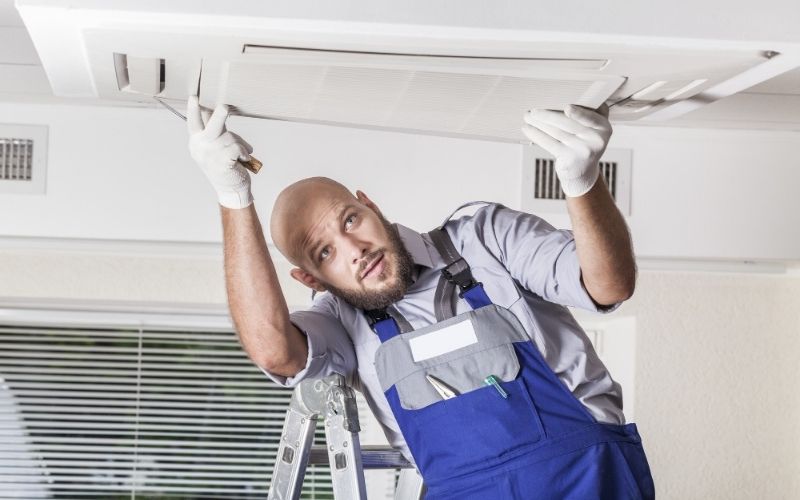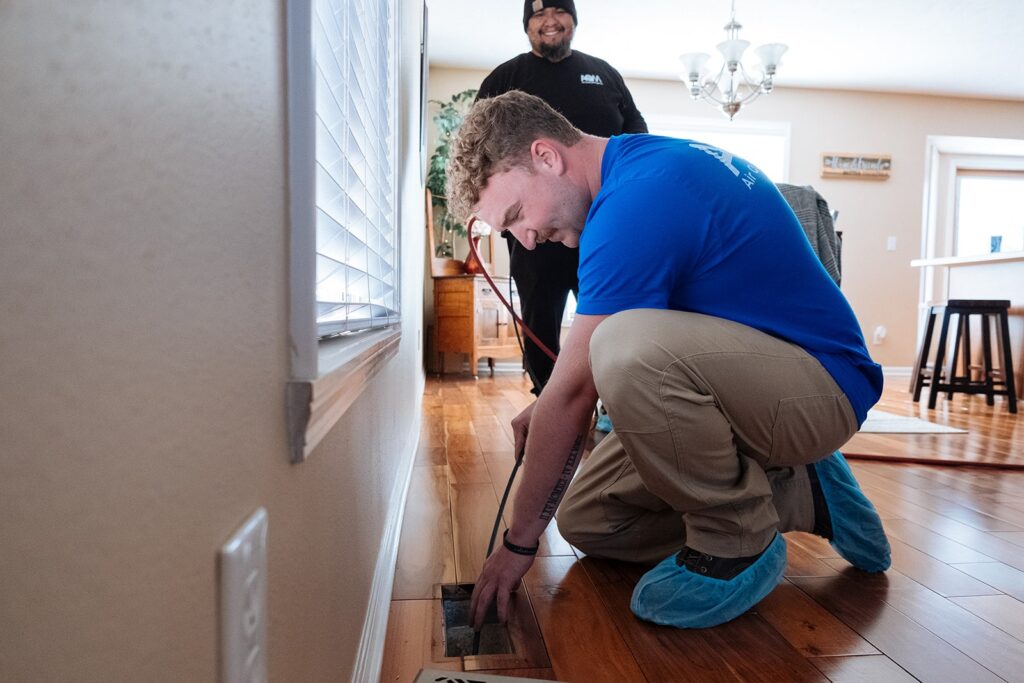In today’s world, maintaining a clean and healthy environment is crucial for both homeowners and businesses. One aspect that often gets overlooked is the cleanliness of air ducts. This oversight can lead to poor air quality and a range of health issues. However, what many don’t realize is that there are significant duct sanitizing tax benefits that can offer financial relief while ensuring a healthy living or working environment. Understanding these benefits is essential for making informed decisions about air duct maintenance.

What are Duct Sanitizing Tax Benefits?
When it comes to maintaining your property, whether it’s a home or a business, the costs can quickly add up. Luckily, there are tax incentives available that can help offset these expenses. Duct sanitizing tax benefits refer to the potential deductions or credits you can claim on your taxes for expenses related to cleaning and sanitizing air ducts.
Tax Deductions for Homeowners
Homeowners can take advantage of tax deductions related to home improvement expenses. If you have recently invested in duct sanitizing, you may be eligible to deduct a portion of those costs when filing your taxes. This can significantly reduce your taxable income, leading to savings.
Business Tax Incentives
Businesses, on the other hand, can benefit from tax incentives aimed at promoting a healthy work environment. By investing in duct sanitizing, businesses not only ensure the well-being of their employees but also become eligible for tax deductions, which can improve their bottom line.
Why Duct Sanitizing is Important
Understanding the importance of duct sanitizing is crucial for both health and financial reasons. Clean air ducts contribute to better indoor air quality, reduce allergens, and prevent respiratory issues. By maintaining clean ducts, you can ensure a healthier environment for your family or employees.
Health Benefits
Dirty air ducts can harbor dust, mold, and other allergens that can negatively impact health. Regular duct sanitizing can alleviate these issues, leading to improved respiratory health and overall well-being.
Financial Savings
Investing in duct sanitizing can result in long-term savings. Clean ducts improve the efficiency of heating and cooling systems, leading to lower energy bills. Additionally, the potential tax benefits can further enhance these savings.
How to Claim Duct Sanitizing Tax Benefits
Claiming tax benefits for duct sanitizing involves keeping meticulous records and understanding the tax regulations in your area. Here are some steps to ensure you maximize your deductions:
Keep Detailed Records
Ensure you keep all receipts and documentation related to duct sanitizing services. This includes invoices from service providers and any contracts or agreements.
Consult a Tax Professional
Working with a tax professional can help you navigate the complexities of tax deductions. They can provide guidance on what expenses are eligible and how to properly claim them on your tax return.

FAQs About Duct Sanitizing Tax Benefits
Can duct sanitizing expenses be deducted in all states?
Tax laws vary by state, so it’s important to check with a local tax professional to determine if duct sanitizing expenses are deductible in your area.
Are there specific requirements for claiming these tax benefits?
Generally, you must have documentation of the expenses and the services performed. Consulting with a tax professional will help ensure you meet all necessary requirements.
How often should ducts be sanitized?
It’s recommended to sanitize air ducts every 3 to 5 years, or more frequently if you have allergies or pets. Regular maintenance can help maintain indoor air quality.
For more information on air duct cleaning, visit the EPA’s website on indoor air quality. Additionally, consider exploring various duct sanitizing service packages available here.
This article contains affiliate links. We may earn a commission at no extra cost to you.